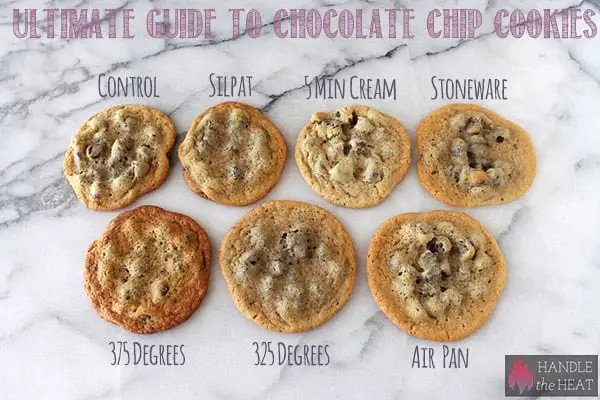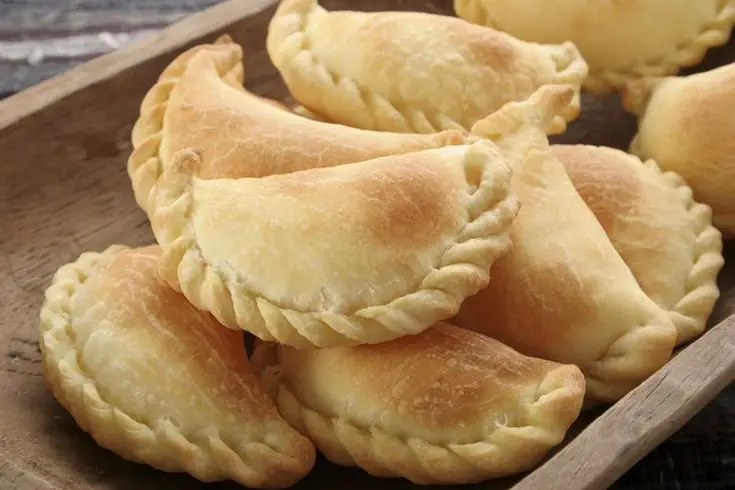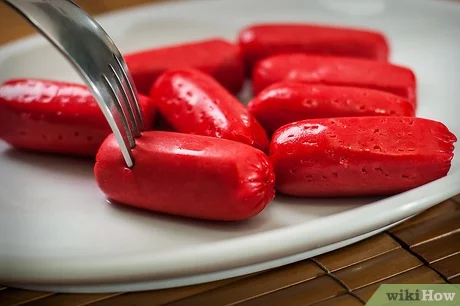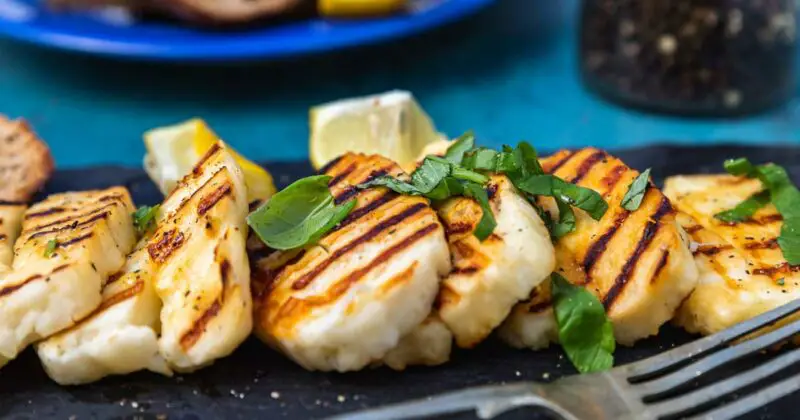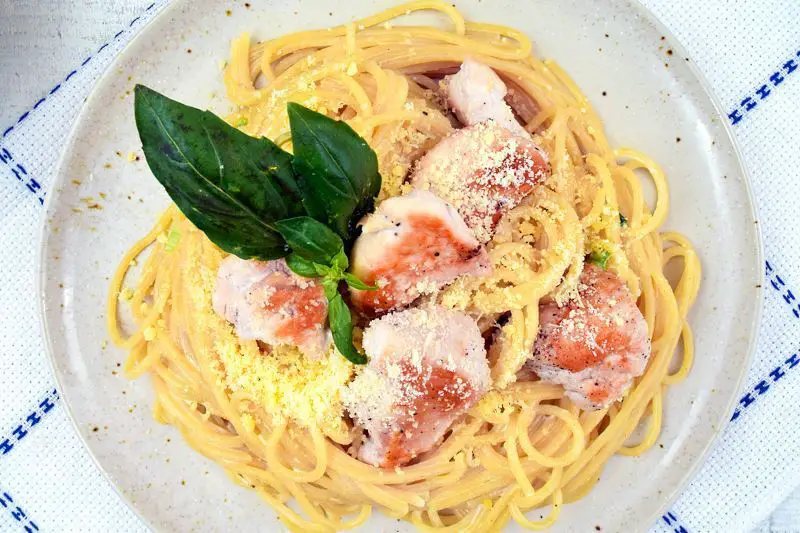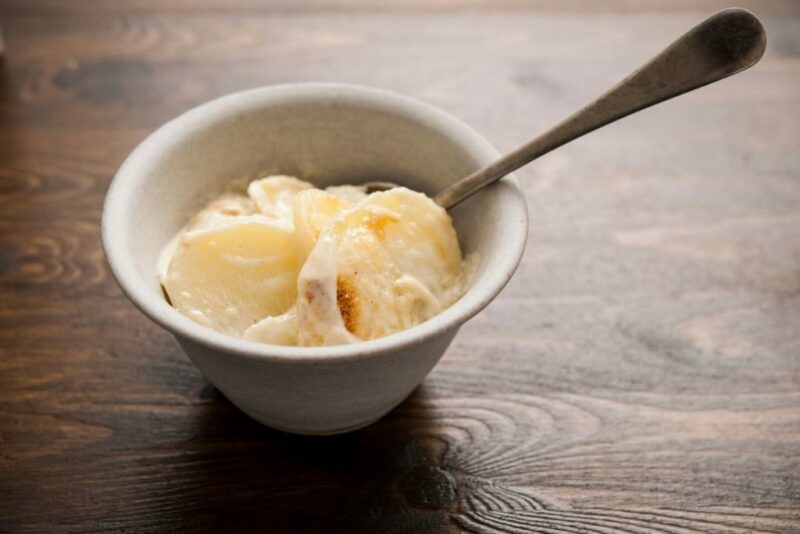How Long Should You Bake Cookies in 375? Tips, Guidelines, and Recipes Guide
When it comes to baking cookies, achieving the perfect texture, color, and flavor requires more than just a good recipe. The temperature and time you bake your cookies at play a crucial role in determining their overall quality. Baking cookies at 375°F is a common temperature range for many cookie recipes, but how long should you bake them exactly?
In this article, we’ll explore why 375°F is a popular temperature for baking cookies, factors that influence baking time, tips to get your cookies perfectly baked every time, guidelines for different cookie recipes, troubleshooting common issues, storing and serving tips, frequently asked questions, and more.
Why 375°F is a Common Temperature for Baking Cookies
The temperature you bake your cookies at can affect their texture, color, moisture content, and flavor. Most cookie recipes recommend baking them at temperatures ranging from 350°F to 375°F. However, 375°F is considered a sweet spot because it balances the heat needed to brown the edges of the cookies while keeping the center moist and tender.
When cookies are baked at too high a temperature (such as 400°F), they tend to spread more and become dry and crispy. On the other hand, if baked at too low temperatures (such as 325°F), they may not spread enough or bake thoroughly.
Moreover, some cookie types require different baking temperatures. For instance:
- Crisp and thin cookies like lace or tuiles need high temperatures up to 400°F for quick caramelization.
- Cookies with chocolate chips or chunks require lower temperatures (350-375°F) so that the chocolate doesn’t burn.
- Delicate and tender cookies like macarons or meringues require much lower temperatures (275-325°F) for slow and gentle heating.
Factors That Can Affect Baking Time
The baking time for cookies at 375°F can vary based on several factors:
- The type of oven used: Convection ovens, for example, distribute heat evenly and may bake cookies faster than conventional ovens.
- The size and thickness of the cookies: Thicker and larger cookies take longer to bake than thinner ones.
- The type and shape of the baking sheet: Dark-colored baking sheets absorb more heat than lighter ones creating uneven baking results. Shiny aluminum or stainless steel sheets work best for even heat distribution.
- The altitude and humidity in your location: High altitudes, for example, affect the baking temperature and time needed to bake cookies.
How to Determine When Cookies are Done
Baking times vary depending on the recipe and oven characteristics. However, some signs indicate when your cookies are ready:
- A golden or brown color around the edges: Oven temperatures vary, but most cookie recipes reach ideal bake with a lightly golden brown edge.
- A firmer texture in the center: Cookies should feel set in the center when tapped lightly with a finger. If too soft or wet, they may need extra baking time.
- A slightly cracked surface: For cookies baked without chilled dough or moist ingredients like fruit, a delicate crackling surface is a good sign that cookies are done.
- A pleasant smell: Cookies aroma is an indication that the cookies are almost done and ready to be removed from the oven.
Tips to Perfectly Bake Cookies at 375°F
Here are some tips and guidelines to follow when baking cookies at 375°F:
- Preheat your oven for a few minutes before baking: Preheating your oven to the right temperature before placing your cookies in it ensures even baking.
- Use light-colored but sturdy baking sheets: Baking sheets that are shiny or made of aluminum or stainless steel help distribute heat evenly, resulting in well-baked cookies.
- Space out cookie dough balls evenly on the sheet: Overcrowding, cookies will prevent even heat distribution. Allow distance between cookies to spread just the right amount without binding.
- Avoid opening the oven door frequently during baking time: Letting hot air escape can affect how evenly your cookies bake and increase their baking time.
- Monitor the baking time based on your oven’s characteristics: Check on your cookies periodically to avoid under or overbaking, adjust accordingly, and remove them from the oven when they’re fully baked based on your preferred degree of doneness.
Recipes Guide for 375°F Cookie Baking Times
The following are general guidelines for cookie recipes baked at 375°F. However, specific baking times may vary based on factors such as oven type and recipe variation. Refer to each recipe for specific instructions:
Classic Chocolate Chip Cookies (10-12 minutes)
- Ingredients:
- 2 1/4 cups all-purpose flour
- 1 teaspoon baking soda
- 1 teaspoon salt
- 1 cup unsalted butter (room temperature)
- 3/4 cup white sugar
- 3/4 cup brown sugar (packed)
- 2 large eggs
- 2 teaspoons vanilla extract
- 2 cups of semisweet chocolate chips.
Mix ingredients and bake scoops 10-12 minutes until golden on edges, crispy on top, and soft in the center.
Sugar Cookies (8-10 minutes)
- Ingredients:
- 2 3/4 cups all-purpose flour
- 1 teaspoon baking powder
- 1/2 teaspoon salt
- 1 cup unsalted butter (room temperature)
- 3/4 cup white sugar
- A dash of Nutmeg or Mace Powder for flavor will do wonders.
- 1 large egg beaten until blended well into the butter and sugar mixture.
Melted white chocolate and food coloring can be added to final recipe.
Bake cookie dough for 8-10 minutes, not overbaked to allow soft middles when out of the oven. Edges should be slightly crisp.
Oatmeal Raisin Cookies (12-14 minutes)
- Ingredients:
- 1 1/2 cups all-purpose flour
- A small spoonful of cinnamon and nutmeg powder for flavor.
- 1 teaspoon baking soda
- 1 cup brown sugar
- 1/2 cup unsalted butter (room temperature)
- 1 egg
- 1 teaspoon vanilla extract
- Ingredients:
- A pinch of salt and vanilla extract to enhance the flavor.
- 2 cups all-purpose flour
- 2 teaspoons baking soda
- Ingredients:
- Add some light spices such as cardamom or ginger powder for added flavor.
- 300g unsalted butter (room temperature)
- The quantity of flour should equal butter.
- Over-browning or under-baking cookies: If your cookies brown too quickly, your oven might be too hot. Reduce the temperature to avoid burnt cookies. Conversely, if your cookies aren’t browning enough, you might need to increase the baking time or temperature slightly.
- Uneven spread or shape of cookies: Overcrowding the baking sheet, using too much leavening like baking powder, and inconsistencies in dough moisture are common causes of cookie spreading and deformity.
- Dry and hard cookies: Overbaking, overmixing the batter, or using too much flour can make cookies dry and hard. Use measuring cups/spoons to ensure precise measurements and reduce oven temperature if needed.
- Allow them to cool completely before storing: Hot cookies can lose their texture, become soggy in the jar, and minimize shelf life. So let them cool for a while on a rack before storing.
- Store them in an airtight container: Place your cooled cookies in an airtight container that’s dry and cool to prevent moisture from causing mold growth.
- Separate various cookie types: It’s recommended to store different cookie types separately to prevent flavor transfer and maintain texture.
- Served plain alongside coffee or tea
- Making an ice cream sandwich with the cookies
- Using them as toppings for milkshakes or other desserts
- Decorating with colored icing.
- How long should I chill cookie dough before baking? Chilling cookie dough gives cookies a denser texture and yields better results when making crumbly or chewy cookies. However, it depends on the recipe. Some recipes require chilling the dough overnight while others only need 30 minutes to an hour in the fridge before baking.
- Can I bake different types of cookies simultaneously? Yes, you can bake different cookie types at the same temperature but be sure to place similar sized and shaped cookies together on a single baking sheet to avoid mixing cooking times.
- Can I bake cookies at a lower temperature? Yes, but it may take longer for your cookies to brown, become crisp on the edges, and reach the desired degree of doneness. Lowering temperatures may also affect their texture.
Craisins or other dried fruit can be used as well as toasted nuts to make variants of this recipe.
Bake cookies for 12-14 minutes until the edges are golden brown.
Peanut Butter Cookies (10-12 minutes)
These cookies will need to be chilled before scooping.
Bake cookies at 375°F for at least 10-12 minutes, adjusting the bake depending on crispness preference.
Shortbread Cookies (12-15 minutes)
Shortbread cookies can be made in various shapes including the round Scottish petticoat tails or triangular flower shaped cookies.
Bake cookies for 12-15 minutes or until the edges are light golden brown.
Troubleshooting Common Baking Problems
Some common issues that may arise when baking cookies include:
Storing and Serving Tips for Perfectly Baked Cookies
To preserve the texture and flavor of your perfectly baked cookies, follow these storing tips:
For serving, you can enjoy freshly baked cookies in various ways, including:
Frequently Asked Questions
Here are some frequently asked questions that you may have about baking cookies at 375°F:
Conclusion
Baking cookies at 375°F is a common temperature range for many cookie recipes. However, baking times can vary based on factors such as oven type, recipe variation, and cookie size. By following the tips, guidelines, and recipes guide shared in this article, you can bake your cookies to perfection while avoiding common baking issues.
Experimenting with different recipes and adding your twist will help you get creative with your cookie baking while achieving terrific results. Follow these suggestions to perfect your cookie game and make sure your family and guests always leave delighted.
Frequently Asked Questions
What is the reason for baking cookies at 375°F?
Cookies are typically baked at a higher temperature to make them crispy and golden brown on the outside and soft and chewy on the inside. Baking them at 375°F allows them to cook evenly while retaining moisture in the dough.
How long should you bake cookies in 375°F?
The standard baking time for most cookies is between 8-14 minutes, depending on their size and thickness. However, it’s important to check them regularly to avoid over-baking or undercooking.
Do all types of cookies cook at 375°F?
While most types of cookies can be baked at 375°F, some require different temperatures. For example, delicate or thin cookies may burn quickly at high temperatures, so they should be baked at around 350°F. Always check the recipe or packaging instructions for specific recommendations.
How do I know when my cookies are done?
One way to tell if your cookies are done is by looking at their appearance. The edges should be golden brown, and the center should be set but still slightly soft. You can also gently touch the top of a cookie with your finger; if it feels firm, it’s probably done. Lastly, use a toothpick or cake tester to poke the center of a cookie; if it comes out clean, it’s done!
